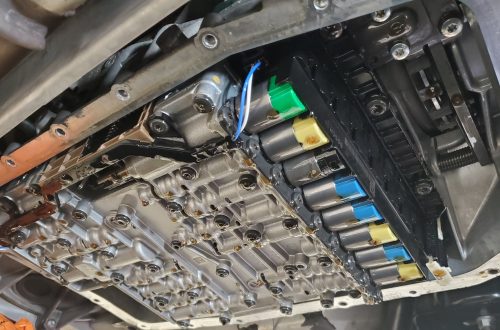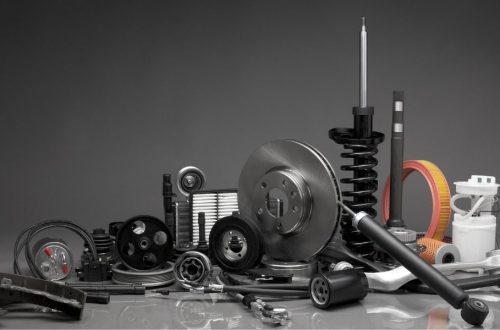The Cosmic Translator
For solar inverter technology, there exists a particular sort of magic—the alchemy of transformation that occurs when the silent language of direct current, captured from the sun’s distant fusion fires, undergoes metamorphosis into the alternating current that animates our modern existence. This rectangular box, often relegated to utility rooms or mounted unceremoniously on exterior walls, performs a daily miracle so commonplace we have ceased to marvel at it. It exists as the crucial interlocutor between celestial energy and terrestrial utility, the Rosetta Stone deciphering one electrical language into another, allowing our refrigerators to chill, our screens to glow, and our modern lives to proceed with scarcely a thought for the cosmic journey that began eight minutes ago as photons departed our nearest star.
The Taxonomy of Transformation
The universe of solar inverters reveals itself in a tapestry of variations, each with its own particular genius:
- String Inverters:
The traditionalists, accepting input from sequences of panels wired in series like obedient schoolchildren holding hands. They are cost-effective but vulnerable to the weakest-link phenomenon—a single shaded panel diminishing the performance of its more fortunate brethren. - Microinverters:
The individualists, attached to each panel like dedicated tutors, allowing each solar collector to perform at its maximum potential regardless of its neighbours’ circumstances. They are the champions of optimisation at the cost of initial investment. - Power Optimisers:
The clever compromise, combining string inverter economics with panel-level optimisation. They are the diplomatic solution to the centralised-versus-distributed debate. - Hybrid Inverters:
The multitaskers, capable of managing both solar input and battery storage with equal dexterity. They are the Renaissance figures of the inverter world, versatile and forward-looking.
The Symphony of Electrons
The technical orchestration occurring within these devices involves a remarkable convergence of power electronics, switching technologies, and algorithmic precision.
“Singapore’s equatorial position presents unique challenges for solar inverter efficiency. Our testing laboratory has documented performance variations of up to 17% between inverters operating under identical conditions, with advanced tropical-optimised models demonstrating superior thermal management in our consistent 32°C ambient environment.” — Singapore Solar Technology Assessment Centre
This island nation, straddling the equator and bathed in predictable sunlight, has become an unexpected testing ground for solar technology optimised for tropical conditions—where consistent solar gain must be balanced against the performance-degrading effects of extreme heat and humidity.
The Dance of Conversion
The transmutation of direct current into alternating current involves a curious choreography of electronic components:
The Switching Ballet
At the heart of every inverter lies a series of rapid-fire switches—semiconductor devices opening and closing at frequencies measured in kilohertz. This flickering sequence converts steady direct current into a stepwise approximation of a sine wave, which is then refined through filters into the smooth alternating current our devices expect.
The Voltage Elevation
Many inverters perform a secondary magic—transforming the relatively low voltage of solar panel output into the higher voltages required by household appliances:
- Transformerless Designs:
Using electronic wizardry to boost voltage without the weight and bulk of traditional transformers - High-Frequency Transformers:
Employing smaller, more efficient transformers operating at frequencies far above grid standards - Multiple Power Point Tracking:
Constantly hunting for the optimal operating voltage across varying conditions
“In the tropical context of Singapore, we’ve observed that inverters must contend with voltage fluctuations caused by sudden cloud cover transitions that are particularly common during monsoon seasons. The most advanced models can adjust to dramatic irradiance changes within 50 milliseconds, preventing the power drops that plague lesser systems.” — Singapore Renewable Energy Testing Authority
The Intelligence Within
Modern solar inverters have evolved from simple power converters into complex energy management systems:
- Maximum Power Point Tracking Algorithms:
Software constantly calculating the optimal operating parameters to extract every possible watt from the solar array - Grid Interaction Protocols:
Sophisticated systems for synchronising with utility power, feeding excess energy back, or islanding safely during outages - Monitoring Capabilities:
Communication systems that report performance data, alert to potential issues, and enable remote diagnostics - Smart Home Integration:
Interfaces allowing coordination with home energy management systems for optimised consumption
The Environmental Mathematics
The solar inverter exists at the nexus of environmental benefit and technological investment:
The Efficiency Equation
Every percentage point of inverter efficiency represents sunlight either harnessed or wasted. The difference between a 95% and 98% efficient inverter may seem trivial until calculated across decades of operation—where it translates into megawatt-hours of clean energy either captured or squandered.
The Longevity Calculation
The expected lifespan of these devices—typically 10-15 years compared to the 25-30 year life of the solar panels they serve—creates a curious asymmetry in system design. The most forward-thinking installations anticipate this divorce of lifespans, creating systems where inverter replacement becomes a planned upgrade rather than an unexpected crisis.
The Future Transforms Itself
The horizon promises fascinating developments in this field:
Artificial Intelligence Integration
Machine learning algorithms that predict solar production based on weather forecasts, historical performance, and system degradation models.
Blockchain Energy Trading
Distributed ledger systems allowing peer-to-peer energy exchange at the neighbourhood level, with inverters serving as the critical nodes in these microgrids.
Vehicle-to-Grid Capabilities
Bidirectional power flow enabling electric vehicles to serve as mobile energy storage, with advanced inverters managing the complex power relationships.
The Silent Revolutionary
The solar inverter serves as more than mere utility—it functions as technological enabler, grid stability guardian, and climate action catalyst. Without these unassuming boxes, the solar revolution would remain stranded in direct current limbo, unable to integrate with our alternating current world.
As we stand at the threshold of an energy transition of unprecedented scale, these devices—understated in appearance yet revolutionary in impact—quietly perform their electrochemical poetry, enabling the democratisation of energy production. The humble solar panel may capture the imagination and adorn our rooftops like badges of environmental honour, but it is the sophisticated intelligence and electronic precision of the solar inverter that truly transforms possibility into power.






